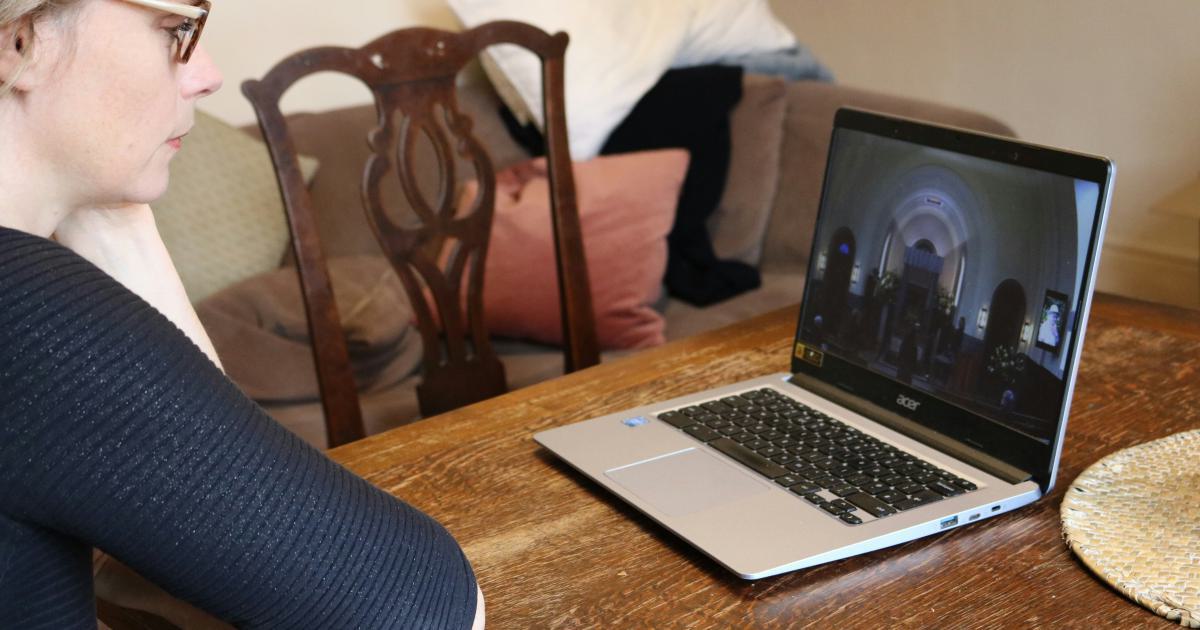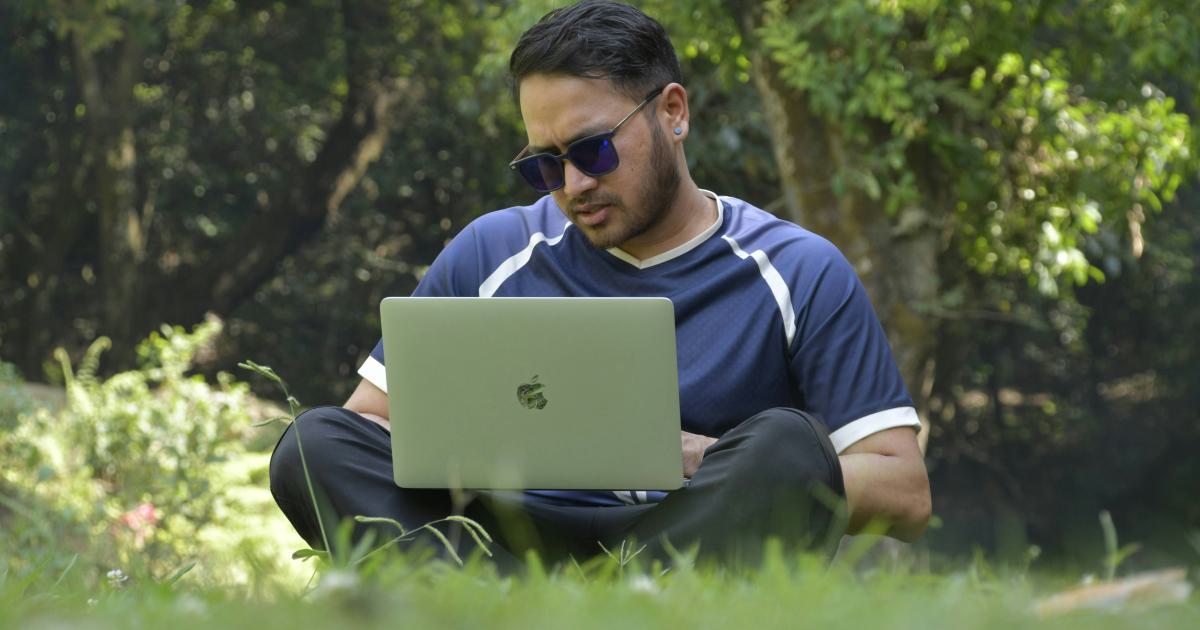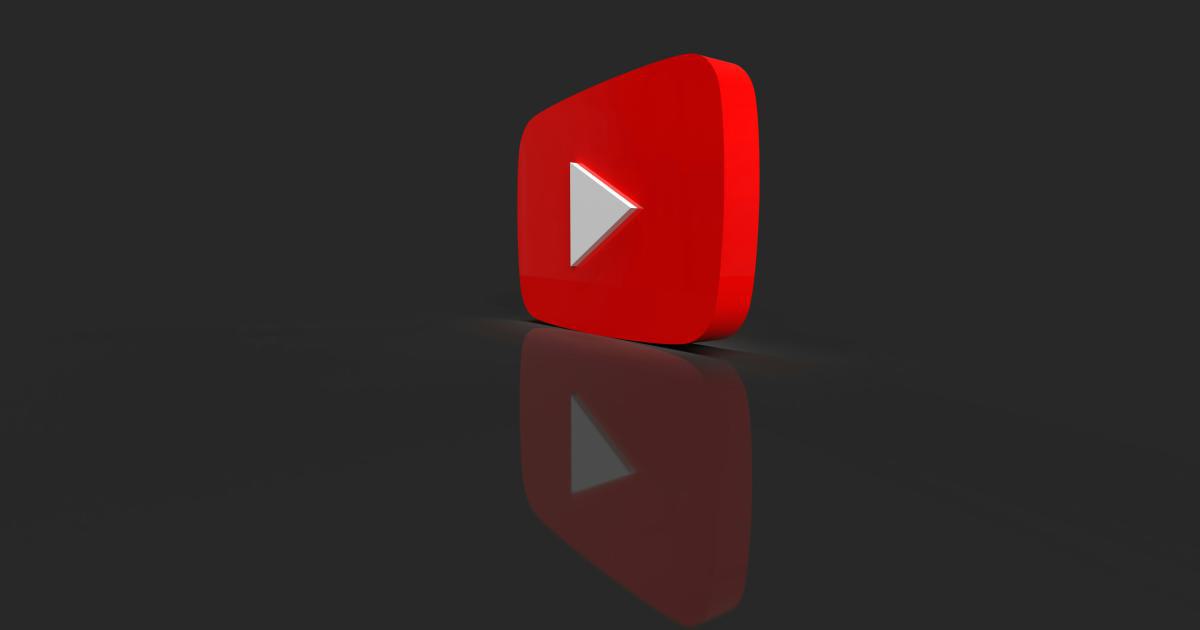83% Make This Mistake With Video Search Intent


Opening Hook
Imagine you're a small business owner trying to reach new customers online. You've heard that video content is the key to engaging your audience, so you decide to create a series of informative product demos and expert interviews. You carefully craft your scripts, film the videos, and upload them to your website and social media channels.
But after a few weeks, you notice that the views and engagement on your videos are lackluster. Despite your efforts, they're just not getting the attention you hoped for. What could you be doing wrong?
The Journey
According to a recent study, a staggering 83% of businesses make a critical mistake when it comes to their video content and search engine optimization (SEO). This oversight can sabotage your video's visibility, reach, and ultimately, its ability to drive new leads and sales.
The good news is that once you understand this common pitfall, you can take steps to optimize your video content and unlock its full potential. In this article, we'll explore the surprising truth about video search intent, uncover the 83% mistake, and provide a roadmap for ensuring your videos are discovered by the right audience.
Understanding Video Search Intent
As consumers, we turn to search engines like Google for all kinds of information, from answering quick questions to researching complex topics. But when it comes to video content, our search behavior shifts.
People don't typically search for "how-to videos" or "product demos" the same way they'd search for written content. Instead, they're using more specific, intent-driven queries that reveal what they're really looking for.

For example, let's say a potential customer is in the market for a new blender. They might search for something like "best blender for smoothies" or "Vitamix blender review" rather than a generic term like "blender videos."
This distinction is crucial, because it means that simply uploading your videos and hoping people will find them isn't enough. You need to understand the specific search intent behind the keywords and queries your target audience is using.
The 83% Mistake: Overlooking Video Search Intent
So, what is the 83% mistake that businesses are making? It's failing to optimize their video content for the right search intent.
Too often, companies create videos with the assumption that people will search for them directly. They focus on broad, generic keywords like "how to use [product]" or "[brand] explainer video." While these may be relevant to your business, they don't align with the way your potential customers are actually searching.

The result? Your videos get lost in the vast sea of content on the internet, buried beneath more targeted, intent-driven results. Even if your videos are high-quality and informative, they won't be visible to the people who need them most.
Uncovering Specific Video Search Intent
To avoid this common pitfall, you need to put yourself in your customers' shoes and think about the specific queries they're likely to use when searching for video content related to your products or services.
Start by considering the different stages of the buyer's journey. Are your potential customers in the awareness stage, researching solutions to a problem? Or are they further along, comparing specific products or services? The search intent behind these scenarios can vary significantly.

For example, a customer in the awareness stage might search for "how to fix a leaky faucet," while someone further along might search for "Moen faucet installation tutorial." Both are looking for video content, but their underlying intent is different.
By taking the time to understand these nuanced search behaviors, you can craft your video content and optimization strategies to meet your audience's specific needs. This not only increases the visibility of your videos but also builds trust and credibility with potential customers.
Leveraging Keyword Research for Video SEO
To uncover the most relevant search terms and queries for your video content, you'll need to conduct thorough keyword research. This involves using tools like Google Keyword Planner, SEMrush, or Ahrefs to identify the specific keywords and phrases your target audience is using.

Look for keywords that:
- Have a decent search volume (indicating demand)
- Align with the intent and goals of your video content
- Have relatively low competition (making it easier to rank)
Once you've identified the most promising keywords, you can incorporate them into your video titles, descriptions, tags, and transcripts to ensure your content is optimized for the right search intent.
Remember, the goal isn't to simply stuff your videos with keywords. Rather, it's to create content that genuinely addresses the needs and queries of your target audience. This not only improves your search visibility but also provides a better user experience, which can have a positive impact on engagement and conversion rates.
Putting Video Search Intent into Practice
Now that you understand the importance of video search intent, let's look at some real-world examples of how businesses are getting it right.
One company that has mastered the art of video SEO is Wistia, a leading video hosting and analytics platform. Their YouTube channel is filled with a variety of educational and informative videos, all of which are carefully optimized for specific search queries.

For instance, their video "How to Get Started with Wistia" is optimized for the search query "how to use wistia." This directly addresses the intent of viewers who are new to the platform and are looking for guidance on getting started.
Similarly, their video "Wistia Product Tour" is targeted towards viewers who are further along in the buyer's journey and are interested in learning more about the platform's features and capabilities.
By aligning their video content with the specific search intent of their audience, Wistia has been able to drive significant traffic and engagement to their channel, ultimately helping to fuel their business growth.
Another great example comes from the home improvement experts at This Old House. Their YouTube channel is a treasure trove of video content, ranging from DIY tutorials to home renovation walkthroughs.

What sets their video strategy apart is the laser-sharp focus on addressing the specific search intent of their audience. For instance, their video "How to Install Vinyl Plank Flooring" is optimized for the query "how to install vinyl plank flooring," a common search term for homeowners looking to tackle this project.
By understanding the pain points and questions of their target audience, This Old House has been able to create video content that consistently ranks high in search results and drives engaged viewers to their channel.
Plot Twists
While focusing on video search intent is crucial, it's not the only factor that determines the success of your video content. There are a few other factors that can impact your visibility and engagement, and it's important to be aware of them.
The Rise of YouTube as a Search Engine
One key consideration is the growing dominance of YouTube as a search engine in its own right. With over 2 billion monthly active users, YouTube has become a primary destination for people seeking video content.

This means that in addition to optimizing your videos for Google search, you also need to optimize them for the YouTube search algorithm. This includes things like using compelling titles, descriptions, and tags, as well as creating engaging thumbnails and playlists.
By taking a dual-pronged approach to video SEO, you can increase your chances of being discovered by your target audience, regardless of whether they're searching on Google or directly on YouTube.
The Importance of Video Transcripts
Another often-overlooked factor in video SEO is the use of transcripts. Providing accurate, searchable transcripts for your videos can have a significant impact on their discoverability and accessibility.

Search engines like Google rely on text-based content to understand and index your videos. By including a full transcript, you're giving search bots more information to work with, which can help your videos rank higher for relevant queries.
Transcripts also benefit your audience by making your content more accessible to viewers who prefer to read along or who may have hearing impairments. This can lead to increased engagement and a better overall user experience.
The Power of Personalization
Finally, it's important to consider the role of personalization in video search intent. As search algorithms become more sophisticated, they're able to deliver increasingly tailored results based on an individual user's search history, location, device, and other contextual factors.

This means that the same search query can yield different results for different users, depending on their unique preferences and behavior. By understanding these personalization trends, you can optimize your video content to better align with the specific needs and interests of your target audience.
For example, you might create different versions of a product demo video that cater to users at different stages of the buyer's journey, or optimize your videos for location-based searches to reach local customers more effectively.
Climax
The key to unlocking the full potential of your video content lies in understanding and addressing the specific search intent of your target audience. By avoiding the 83% mistake of overlooking this critical factor, you can position your videos for maximum visibility, engagement, and ultimately, business impact.
"The future of marketing is video, and the future of video is intent-driven." - Neil Patel, Digital Marketing Strategist
Resolution
Here are the key steps you can take to ensure your video content is optimized for the right search intent:
Conduct Thorough Keyword Research: Use tools like Google Keyword Planner, SEMrush, or Ahrefs to identify the specific keywords and queries your target audience is using to search for video content related to your products or services.
Align Your Video Titles and Descriptions: Incorporate the most relevant, intent-driven keywords into your video titles, descriptions, tags, and transcripts to ensure your content is easily discovered by your target audience.
Optimize for Both Google and YouTube: Remember that your audience may be searching on Google or directly on YouTube, so optimize your videos for both search engines to maximize your visibility.
Leverage Video Transcripts: Providing accurate, searchable transcripts for your videos can significantly boost their discoverability and accessibility.
Embrace Personalization: Stay up-to-date on the latest trends in search personalization and adjust your video content and optimization strategies accordingly.
By following these steps, you can unlock the true power of video content and ensure that your business is reaching the right people at the right time. So don't make the 83% mistake - start optimizing your videos for the specific search intent of your target audience today.
Are You Crushing It in Internet Marketing?
Struggling to boost your online visibility and traffic? Semrush is the ultimate platform for digital marketers like you. With powerful SEO tools and competitive data insights, you can optimize your website, content, and campaigns for maximum impact.
Join over 7 million marketers already using Semrush to outrank their competitors, drive more qualified leads, and grow their businesses online. Get started today with a 7-day free trial, and unlock the full potential of your internet marketing strategy.
Unlock the Power of SEO with Semrush
Are you struggling to boost your online visibility and drive more traffic to your website? Semrush has the solution.
Our comprehensive platform offers advanced keyword research, competitor analysis, and SEO audits, empowering you to optimize your content and outrank your competition.